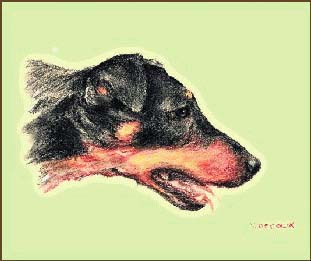 The development of the German Hunt Terrier
The development of the German Hunt Terrier (Jagdterrier or Jagdt terrier or Jagd terrier) has to be put within a historical context that involves both a strong nationalistic sentiment and a desire to keep, create or recreate "pure German" breeds.
Between the two World Wars, game managers in Germany were focused on getting rid of "foreign" or introduced species, and bringing back now-extinct species that figured prominently in the mythology of the nation.
One of the pioneers of this peculiar quest was Lutz Heck, the curator of the Berlin Zoo, who went on to "back breed" primitive cattle and horses in order to "recreate" the extinct
Auroch ( the kind of wild cattle seen in the cave paintings at
Lascaux, France) and the
Tarpan (a kind of primitive forest pony). Heck was also instrumental in the recreation of an extinct subspecies of zebra called the "
Quagga".
Heck's interest in dogs was driven in part by his passion for hunting, and in part by a kind of strange and over-heated nationalism mixed with a desire to see what could be done with selective breeding. A social climber and decided brown-noser, Lutz Heck and his brother Heinz were men who courted power and counted among their friends both Adolph Hitler and
Hermann Goring.
Even as pathological nationalism and a sick interest in genetic engineering were rising in Germany, terriers were also rising to the height of fashion in much of Europe and the United States.
The Allied Terrier Show was taken over by Charles Crufts in 1886 and was the largest dog show in the world after World War I, while the first breed-specific dog publication anywhere was a magazine devoted to fox terriers. The
Westminster Dog Show was begun in 1907, and the first winner was a fox terrier. A fox terrier won again in 1908, 1909, 1910, 1911, 1915, 1916, and 1917.
A fascination with terriers, fervent nationalism, and a propensity towards genetic engineering were braided together when
Lutz Heck presented four black and tan fell terriers -- similar to what we now would call a Patterdale terrier -- to Carl Eric Gruenewald and Walter Zangenbert. Gruenewald was a "cynologist" (a self-styled dog man with an interest in genetics) and Zangenbert was a dedicated hunter with an interest in fox terriers.
It did not take much prodding on Heck's part to convince Gruenewald and Zangenbert that what the world needed was a true German Hunt Terrier to compete (and of course trump) the British and American fox terriers in the field.
Gruenewald and Zangenbert added to their team Chief Forester R. Fiess and Dr. Herbert Lackner, men with land for a kennel, and the financial means to support it over a decade-long quest..
An early problem was that the black and tan terriers selected as the core breeding stock and deemed "ideal hunters" based on color alone were, in fact, not all that great at hunting. As
Gruenewald later wrote:
"We were glad to own fox terriers with the hunting color, and we hoped to use these four puppies successfully in breeding to establish a hunting fox terrier breed (jagdfoxterrier-stamm). From the viewpoint of hunting these four dogs were not bad, although they left much to desire. First we tried inbreeding, pairing brothers with sisters. But the results were not good. No wonder -- after all, the parents weren't real hunting dogs. The picture changed, though, when we bred our four 'originals' with our well-trained old hunting fox terriers. The beautiful dark color continued to be dominate. Dogs with a lot of the white color and spotted dogs were selected and eliminated from further breeding."
The breeding program for the Jagdterrier was German in every sense of the word: massive in scale and vicious in its selection criteria. At one point the men had 700 dogs in their kennels, and not a single dog was allowed to be placed outside of the kennel. Dogs that did not look the part, or which were deemed to be not of the quality desired, were shot. Early dogs were both smooth and rough coat, but the breeding program moved to get rid of smooth coats and the coat of the final product can best be described as "slape coated" -- a short, hard and wiry coat that sheds water and dirt while providing warmth in winter.
After only 10 years time the dogs were breeding more-or-less true, with a patterdale-like appearance, albeit with more red on the undercarriage.
The breeding program for the Jagdterrier was a bit confused as to the actual purpose of the dog. A great emphasis was put on the dog being multitalented -- able to go after fox and kill it underground, tackle a russian boar, retrieve birds, and scent track shot game. A small problem was that doing these tasks required a dog with different physiological characteristics!
A dog able to kill a fox underground will tend to be hard-mouthed, which is exactly the opposite of what you want in a retriever. At the same time a dog large enough to carry a bird through grass or tackle a russian boar will tend to be too big in the chest to easily go to ground in a natural fox den.
Never mind. After all, the rationale for the German Hunt Terrier was not that there was an unfilled need in the terrier world -- it was that there were no
German terriers to put up as being "superiour" to those offered by the rest of the world.
The German Hunting Terrier Club (Deutscher Jagdterrier-Club) was founded in 1926, and the dog was warmly embraced in part because it was a trendy new breed, and in part because it fit well with the rising nationalistic sentiment within Germany at the time. It did not hurt at all that Lutz Heck was a darling of the Nazi regime and counted Hermann Goring among his closest friends.
In 1938 a German by the name of Max Thiel, Sr. bought his first Jagdterrier. Thiel hunted with this dog for only a few years before the start of World War II. During the war Thiel lost his dogs, but after the war he settled in Bavaria and purchased two female dogs, Asta and Naja.
In 1951 Thiel came to the U.S,
bringing with him Naja. He soon sent for Asta, who was bred and shipped pregnant. In 1954, Armin Schwarz Sr., imported a "champion" sire named Axel, and a few more litters were promulgated. In March 1956, nine Jadgt terrier owners met in St. Louis, Missouri, and formed the Jagdterrier Club of America, with the expressed goal of getting the dog recognized by the American Kennel Club. In fact, the club did not prosper and eventually died out.
The Jadgt terrier did not take off in the U.S. for several reasons, not the least of which was that very few people hunted fox to ground.
In addition, American hunters had excellent hunting dogs of their own. U.S. pit bull crosses may be the finest pig dogs in the world, while American-bred bird dogs are far superior to any terrier. Experienced raccoon and squirrel hunters were not about to give up their Treeing Walkers or Mountain Feists for some new- fangled dog no one could even pronounce.
In recent years, with the rise of interest in terrier work in the U.S., new lines of Jagdterriers have been imported, but the market for this dog seems to already be saturated. Pig hunters still prefer their pit bull crosses, bird hunters their pointers and retrievers, squirrel hunters their feists, and raccoon hunters their hounds.
Most working terriers in the U.S. are the same breeds found working in the U.K. and even Germany -- Jack Russell terriers, patterdales, dachshunds, and a few small lakelands and borders.
A small number of very small Jadgt terriers have found working homes in the U.S., but the breed standard calls for a 13- to 16-inch tall dog that weighs 16 to 22 pounds. This means that all but the smallest females are too big to work raccoon, possum and fox in the groundhog dens in which they are typically found here in the U.S.
With small Jack Russells from known working lines relatively easy to get, and patterdale terriers now flooding the market, the Jagd terrier is likely to remain an uncommon choice in the U.S.
.
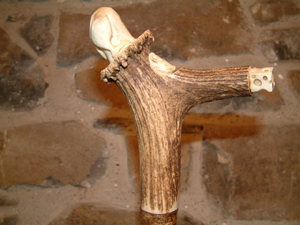
.jpg)
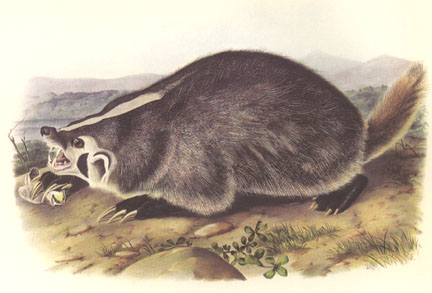
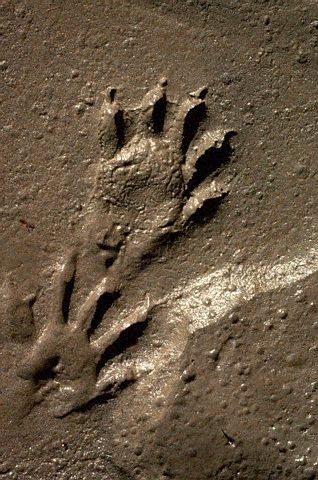

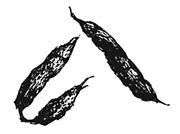
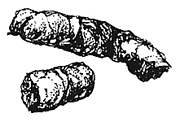
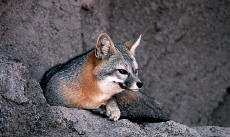
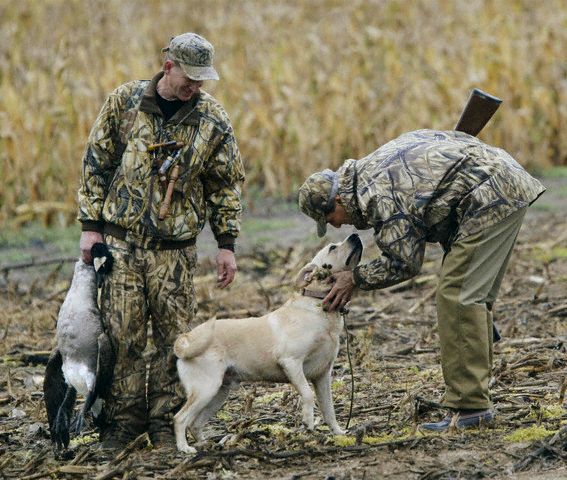 .
.